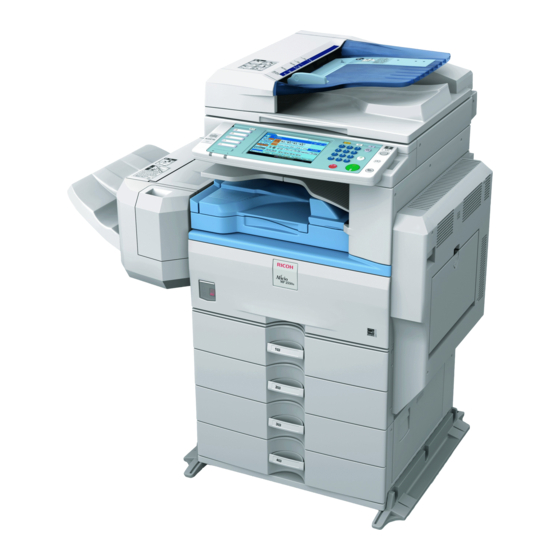
Ricoh Aficio MP2550B Service Manual
D017/d018/d019/d020
Hide thumbs
Also See for Aficio MP2550B:
- Quick reference manual (10 pages) ,
- General settings manual (324 pages) ,
- Installation manual (16 pages)
Table of Contents
Advertisement
Quick Links
Advertisement
Chapters
Table of Contents
Troubleshooting










Need help?
Do you have a question about the Aficio MP2550B and is the answer not in the manual?
Questions and answers